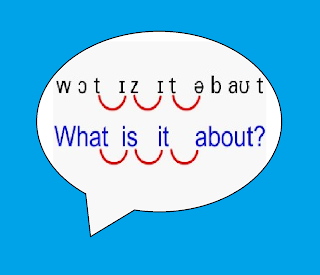 English pronunciation can present a significant challenge to non-native speakers; it can hinder fluent speaking and create insecurity issues. But the good news is that with time and perseverance your pronunciation can improve drastically.
English pronunciation can present a significant challenge to non-native speakers; it can hinder fluent speaking and create insecurity issues. But the good news is that with time and perseverance your pronunciation can improve drastically.
Based on my experience, both as an English learner myself and as a language teacher, in this blog post I intend to hint at some ideas to help you rise to the challenge and start a journey to a more confident approach to pronouncing, and thus, speaking. Continue reading “When it comes to pronunciation, pick your battles”

 Do
Do 







